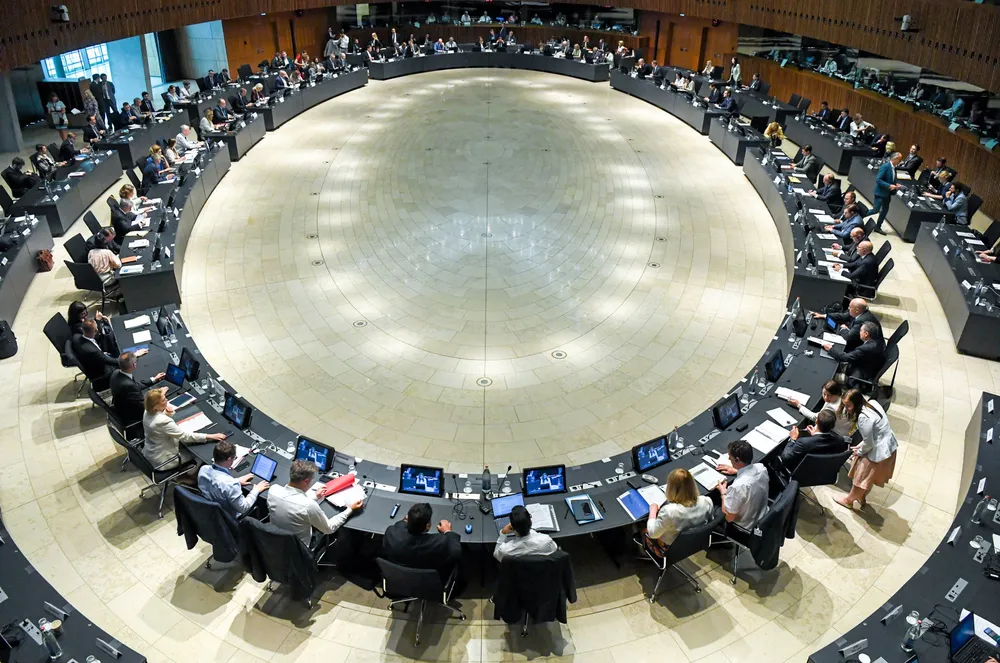EU ministers finally agree binding targets for green hydrogen use in industry and transport
The updated Renewable Energy Directive includes compromise for France to potentially reduce its renewable H2 consumption with nuclear-derived hydrogen

The updated Renewable Energy Directive includes compromise for France to potentially reduce its renewable H2 consumption with nuclear-derived hydrogen
